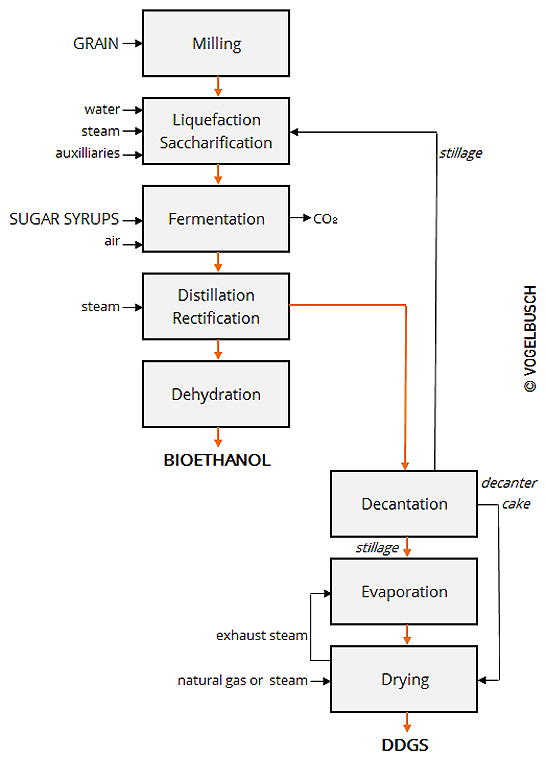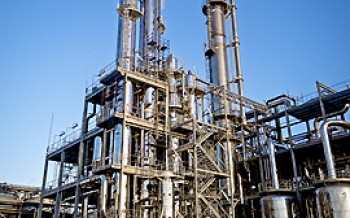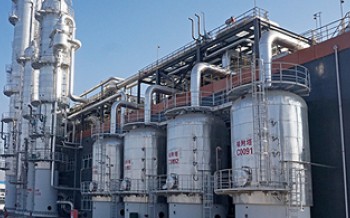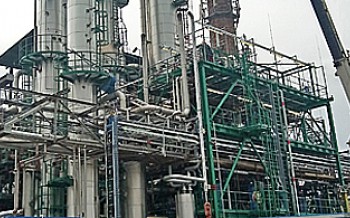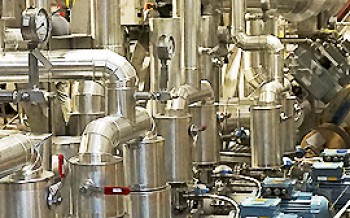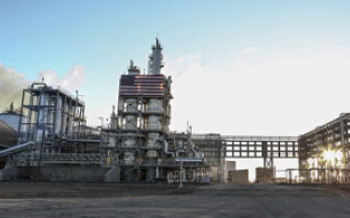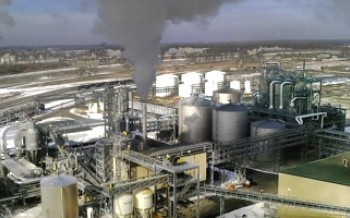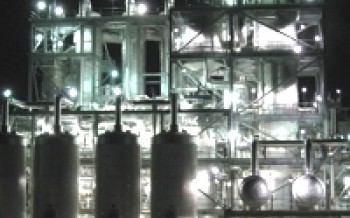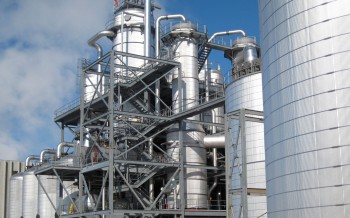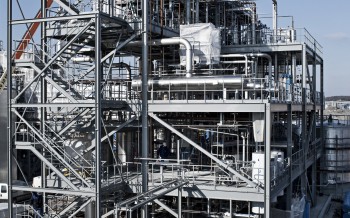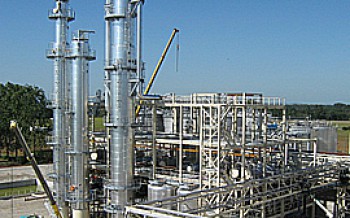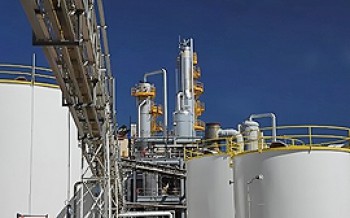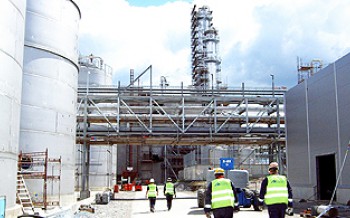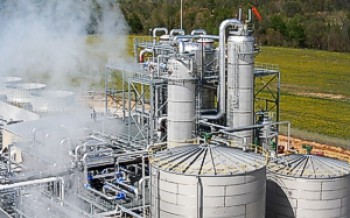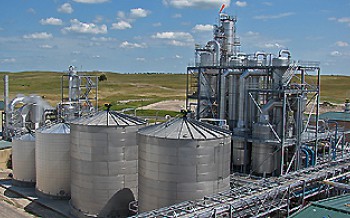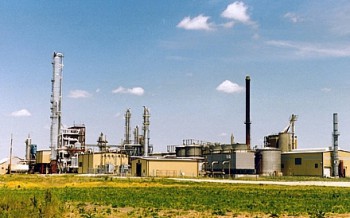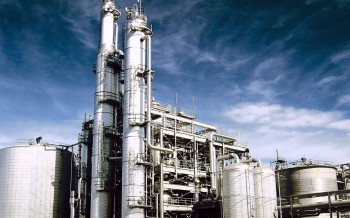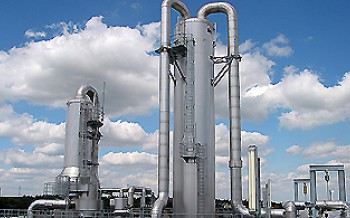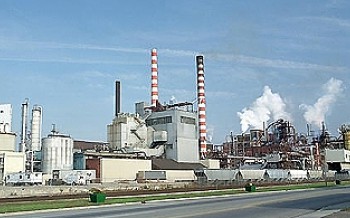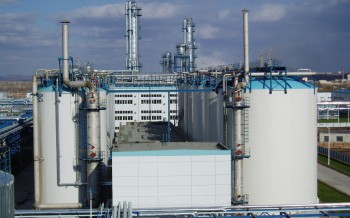Vogelbusch Bioethanol Technology
Bioethanol is dehydrated (highly concentrated) ethanol used as additive to transport fuel. It is a readily available, clean fuel for combustion engines that blends easily with gasoline.
Made from organic matter with advanced, energy saving production technology, bioethanol can considerably reduce traffic related greenhouse gas emissions. Low carbon emissions are a main objective of biofuel promotion policies.
We design facilities that can process ethanol from a wide range of starch or sugar-containing crops. Feedstocks include wheat, corn, milo, barley, rye, potatoes, cassava, sweet potatoes and wet milling by-products, as well as sweet sorghum, sugar cane and sugar beet in the form of molasses, thick juice or syrups. Last but not least products from cellulose conversion processes ("second generation") are utilized.

